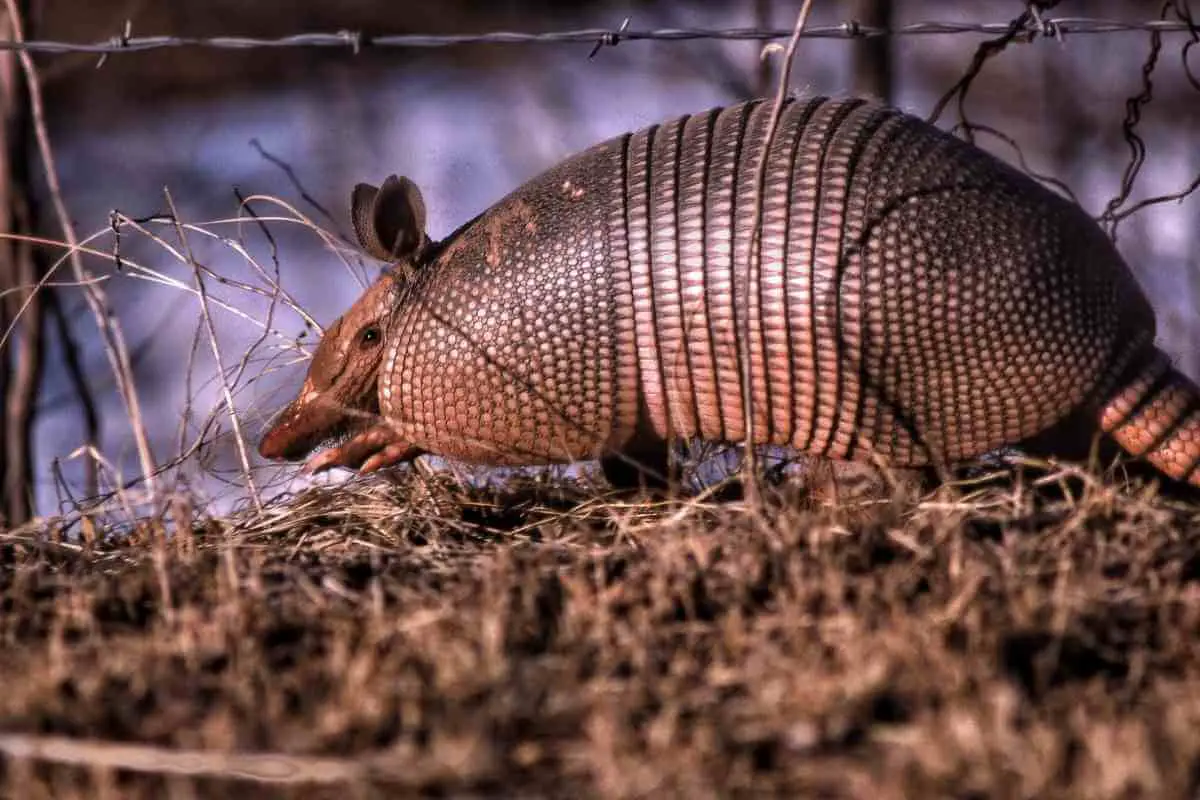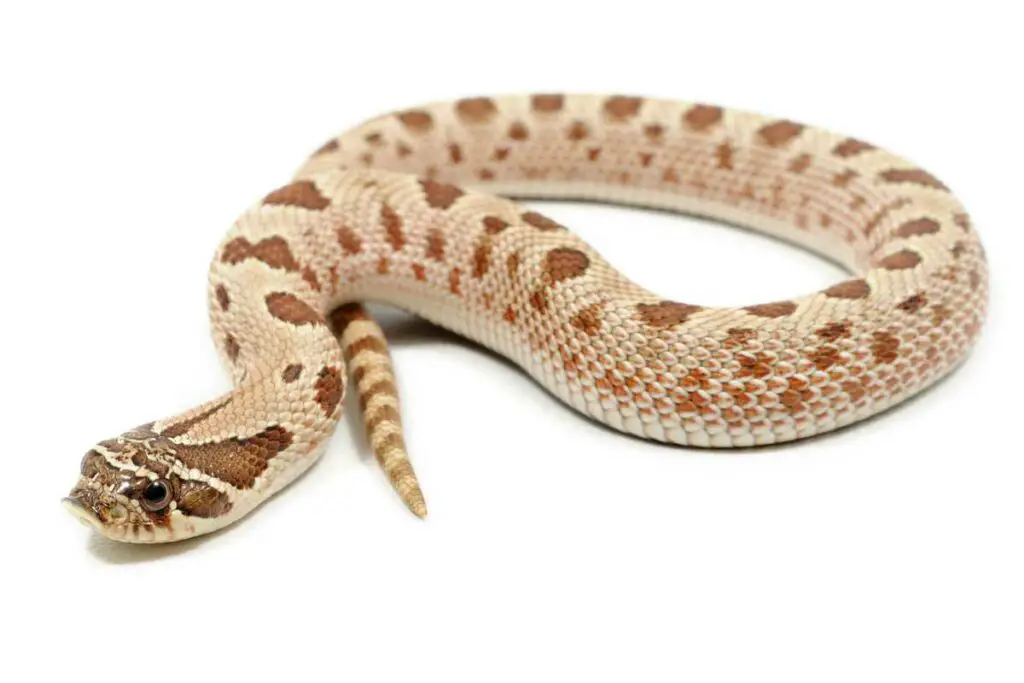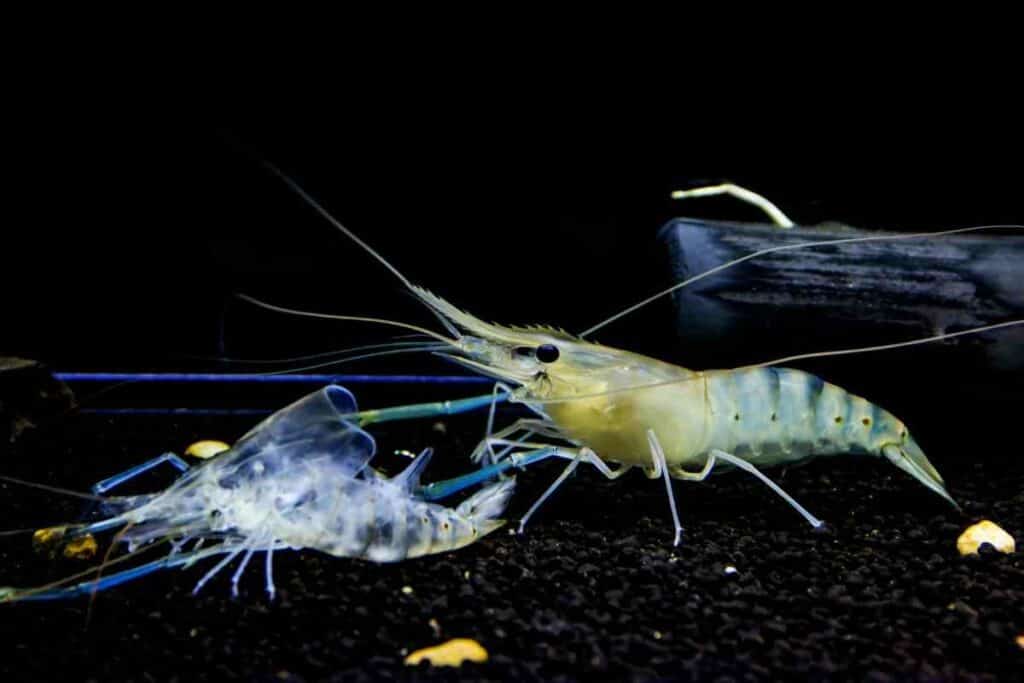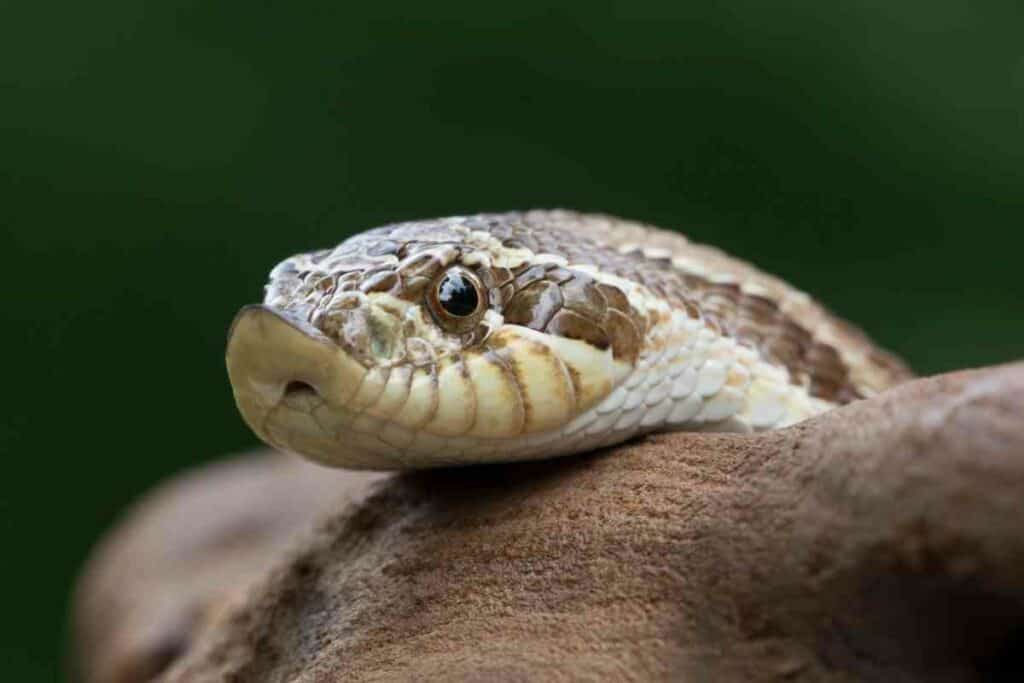Armadillos are burrowing animals that destroy Florida lawns and gardens. While are not innately aggressive, they can cause expensive property damage and generally be a bother that homeowners would rather avoid.
The best ways to rid your property of armadillos include the following:
- Repellants
- Fencing
- Trapping
In the following sections, we’ll take a look at why each of these methods is effective.
Table of Contents
Wildlife Removal Company
Some homeowners feel confident handling their own armadillo removal, but you can always request the assistance of an experienced Florida wildlife removal company.

The better the condition of your lawn, the more armadillos will be attracted to it.
They love moist, soft ground that they can dig in easily to find food.
That’s why you often see them in gardens and flower beds as well.
Although you don’t run a huge risk of being attacked by an armadillo, they are still dangerous. They are wild animals, after all.
And they can carry diseases like:
- rabies
- bacterial salmonella
- and Hansen’s disease (aka leprosy)
It is estimated that up to half of the armadillo population in the U.S. is infected with leprosy.
Here Are the Top Three Ways to Keep Armadillos Off Your Lawn
Which Repellants Will Work Against Armadillos?
There are no repellants that are specifically intended to guard against armadillos, and there are no general pest and wildlife repellants that are registered as safe for use in Florida, so you have to get creative if this is the method you choose.
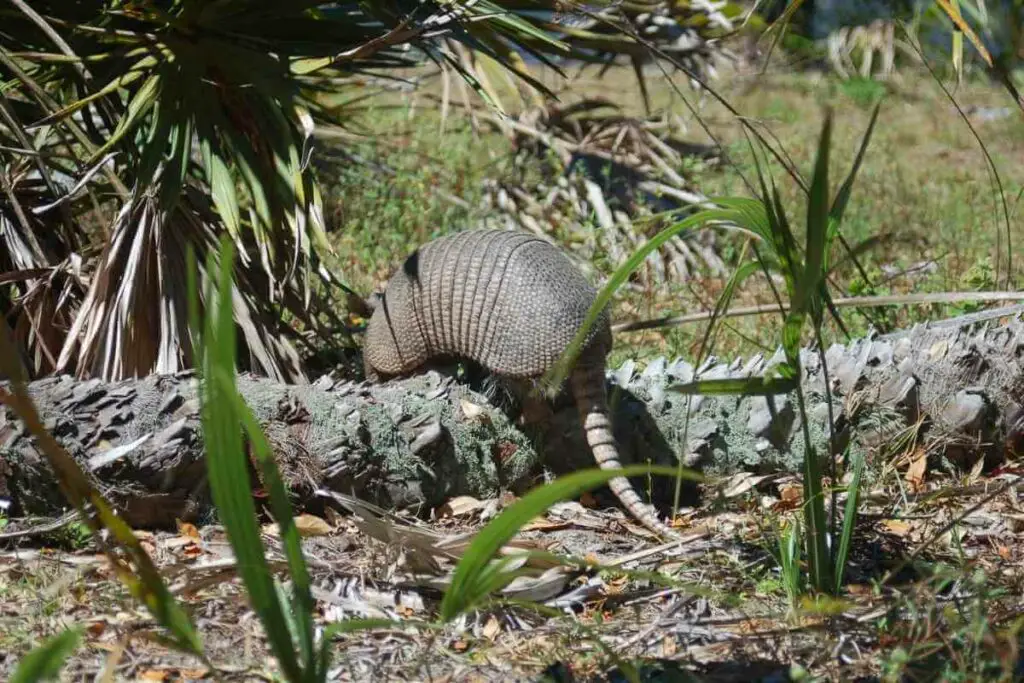
Armadillos are attracted to insects, worms and other food sources on your property. Repelling these pests, therefore, will make armadillos less interested in your lawn and gardens.
Once you have removed the food supply that has been drawing armadillos in, you need to replace these once-pleasant smells with something that is off-putting.
Fortunately, armadillos have a very sensitive sense of smell to compensate for their poor eyesight, so they are easily repelled by safe, natural substances such as the following:
- Mothballs
- Vinegar
- Cayenne pepper
Ammonia also works if you are not concerned about children or pets.
You can sprinkle or spray these substances around the perimeter of your property to repel armadillos.
What Is the Best Type of Armadillo-resistant Fencing?
The main threat of armadillos is their sharp claws.
They are well known for digging in soft ground, but did you know that armadillos can actually damage structures like walkways, driveways, and building foundations?
Regular fencing isn’t necessarily going to keep them at bay.

Normal fences – those with posts are just placed in the ground deep enough to stabilize the in-between fencing material – are ineffective for a couple of reasons:
- They can just dig right under, at depths of a foot or more. With nothing implanted in the ground except for the posts, and those at depths of only a few inches, there’s nothing to stop an armadillo from burrowing underneath.
- Armadillos have also been known to climb. If they can’t go under, they will actually climb fences if they can get a foothold.
Fortunately, we’re smarter than these creatures and can devise inventive ways to keep them out while also maintaining an attractive yard:
- The best type of fence to deter armadillos from your yard is an in-ground fence.This type of fencing is rooted about 18” underground to keep armadillos from digging underneath. It’s also recommended that your fence be fixed at an angle of at least 40 degrees outward so they can’t climb it.
- Electric fencing is a less expensive fencing option. A single strand, about 3-4 inches of the ground, should be sufficient to keep armadillos off your property. Be careful about where you place your electric fence if you have children or pets that could get near it.
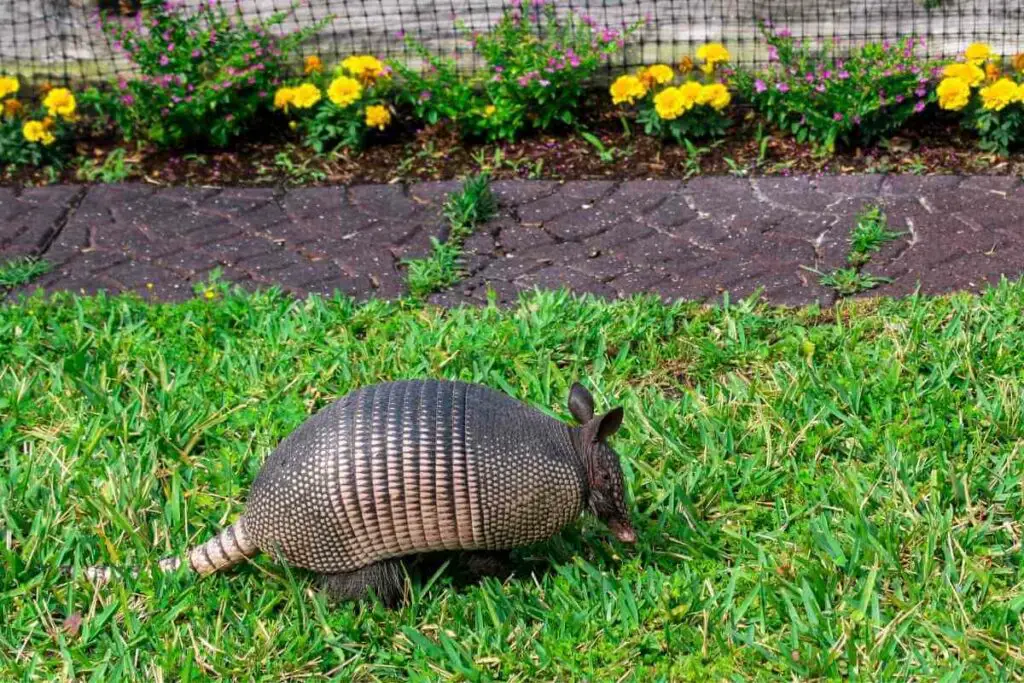
Fencing of any type is an expensive option if you have a large yard, so you need to consider the overall cost before committing to this option.
How Does Armadillo Trapping Work?
It is illegal to kill armadillos in Florida, but you can legally catch and release them.
Once you have trapped an armadillo on your property, you have 2 options:
- Release it on an adjoining property so that it is not completely removed from its original habitat. This increases the chances of the armadillo surviving in a more appropriate environment.
- Turn it in to animal control so they can release it in a safe area. They may want to test the armadillo for diseases before releasing it.
If you choose to trap troublesome armadillos yourself, use extreme caution. Although they are not naturally aggressive toward humans, any cornered animal is an elevated risk.
Bait traps with mealworms, crickets, or earthworms, as these are armadillos’ favorite foods in the wild.
Don’t use human food or garbage. These things are not in the armadillo’s natural diet and can make them sick.
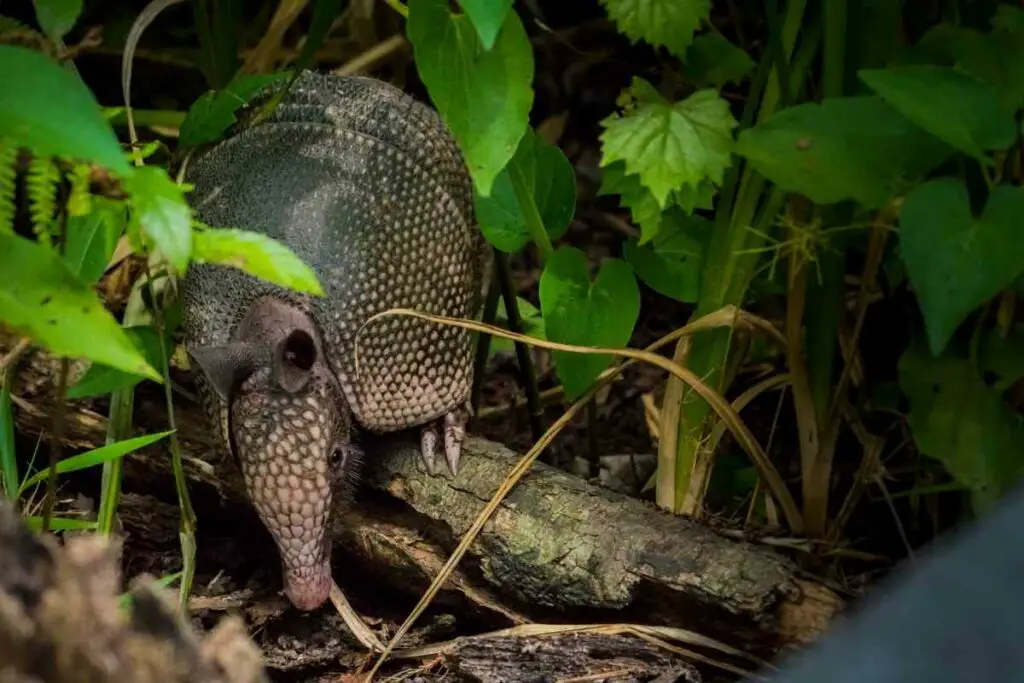
Don’t put them on your property, which invites the armadillo back to the area where you want to keep it out of.
Even Better: Place traps near their burrow if you know where it is. If not, just put the trap somewhere off your property in a quiet, secluded area where the armadillo will not feel threatened.
Conclusion
Armadillos are common in the south, especially Florida, but can be found as far north as Missouri.
They are detrimental to residential and business lawns, and they are also a huge hazard for small automobiles when they get on the highway.
There are safe and natural ways to get rid of them from your backyard. Many of the methods simply involves not letting them in your backyard in the first place. Prevention rather than cure !

